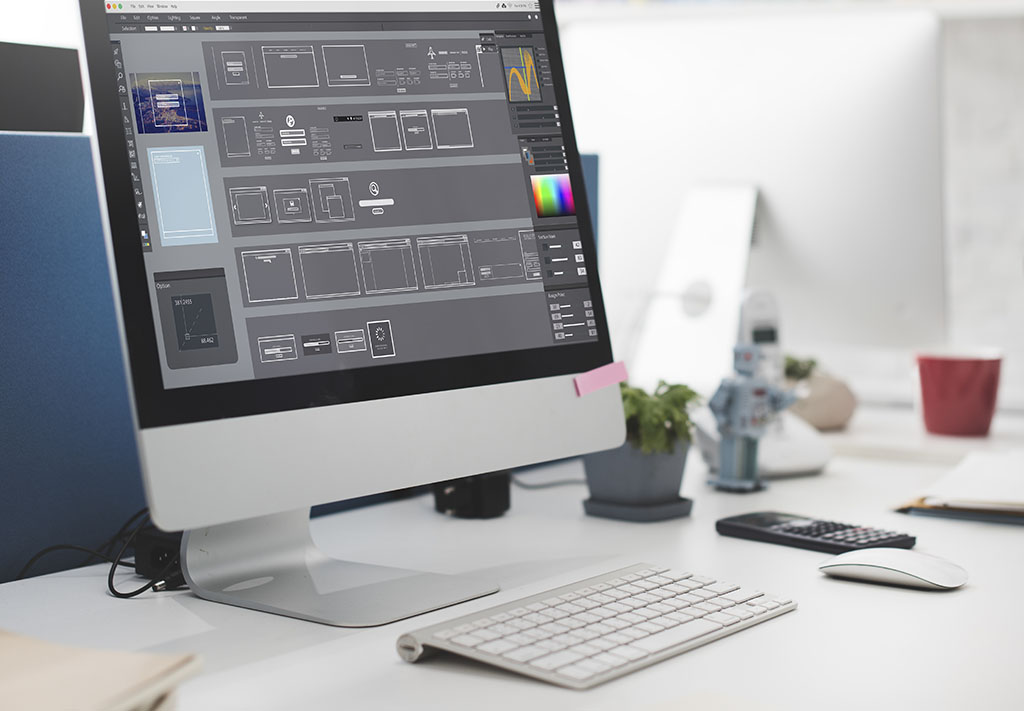
After a project is completed, I will send my clients their project back. And then I very frequently get a few questions from them. “Serene! How come there are so many files?!”
“Serene!! How come I cannot open these?”
“Serene!!! HELP!!!” Well, don’t panic. I am here to help.
JPG and PNG: We are very familiar with JPGs. That’s the file format we encounter when we take a photo and upload it onto the computer. Then sometimes your graphic designer sends you PNG. And you wonder, why in the world do I need PNG for?! Isn’t it the same as JPG? The PNG is a format that supports a transparent background, while JPG does not. So imagine you have a logo that is round. In a JPG, you will see that your logo will have a white background behind it. That is why we will send you a PNG so that there will not be an ugly white background, and you can insert them into your document.
GIF: These are mostly for animation for the web. So like you have an artwork and there is some slight animation, you will not be able to see the animation work when you save them in JPG. And if you save them as an MP4 or any video file format, there will be a play button when you upload them onto your website. So GIF is your option.
High Resolution and Low-Resolution PDFs: Usually, I send my clients PDFs when I need them to check my work. And I will always send a low-res one. Because I don’t want to clog up our mailbox. And it will be best to keep our file sizes small. So we will review artwork with low-res PDFs first. I will send the high-res one when we want to check on certain image resolutions too.
.AI, outline and unoutlined (and its link files): So after a Flyer design project, I will usually send my clients a working file and a print file and also all the links that come with the file. Now don’t panic; it’s really simple to understand. For working files, the fonts used in the file will be intact. Meaning when you open the file, you will see all the text and be able to change them like you would on Microsoft Word. But before you open the .ai file with Adobe Illustrator, make sure you install all the fonts, which will be provided by me in the link folder so that Illustrator will not replace all the missing fonts with default system fonts.
For print files, which is the file that you send to your printer, the text will be outlined. Because a print shop will encounter over 100 projects a day, so it is impossible for them to install every single font every time a project comes in. We outline the fonts and turn them into vector files, which saves the printer the headache from installing and downloading the fonts. What about the link files? Well, Adobe has managed its files in a way where we can choose to either embed our media or link out media. Usually, I will link my media (i.e., high-res JPGs) so that it will keep my working file light and, in turn, stop it from crashing my computer if there are too many high-res images used.
.PSD: This is a Photoshop file that you can open using Adobe Photoshop. You will encounter this file type if your designer has edited your photo. This is a working file, which means when you open it, you will be able to see EVERY SINGLE LAYER that is used in that edited photo.
.INDD and .IDML: This is an InDesign file that you open using Adobe InDesign. So if you have an annual report or a book project, usually this will be the working file that will be sent to you. InDesign is a bit… assholey… in a sense.
Let me explain.
If I am using the latest version of InDesign to do your book project, and you have an earlier version of InDesign, you will not be able to open my .indd file. That is why we will always export another version that is .idml, where THIS version, you will be able to open the file in ANY version of the InDesign software that you have. Don’t ask me why it’s like that. Cause I want to know myself too.
